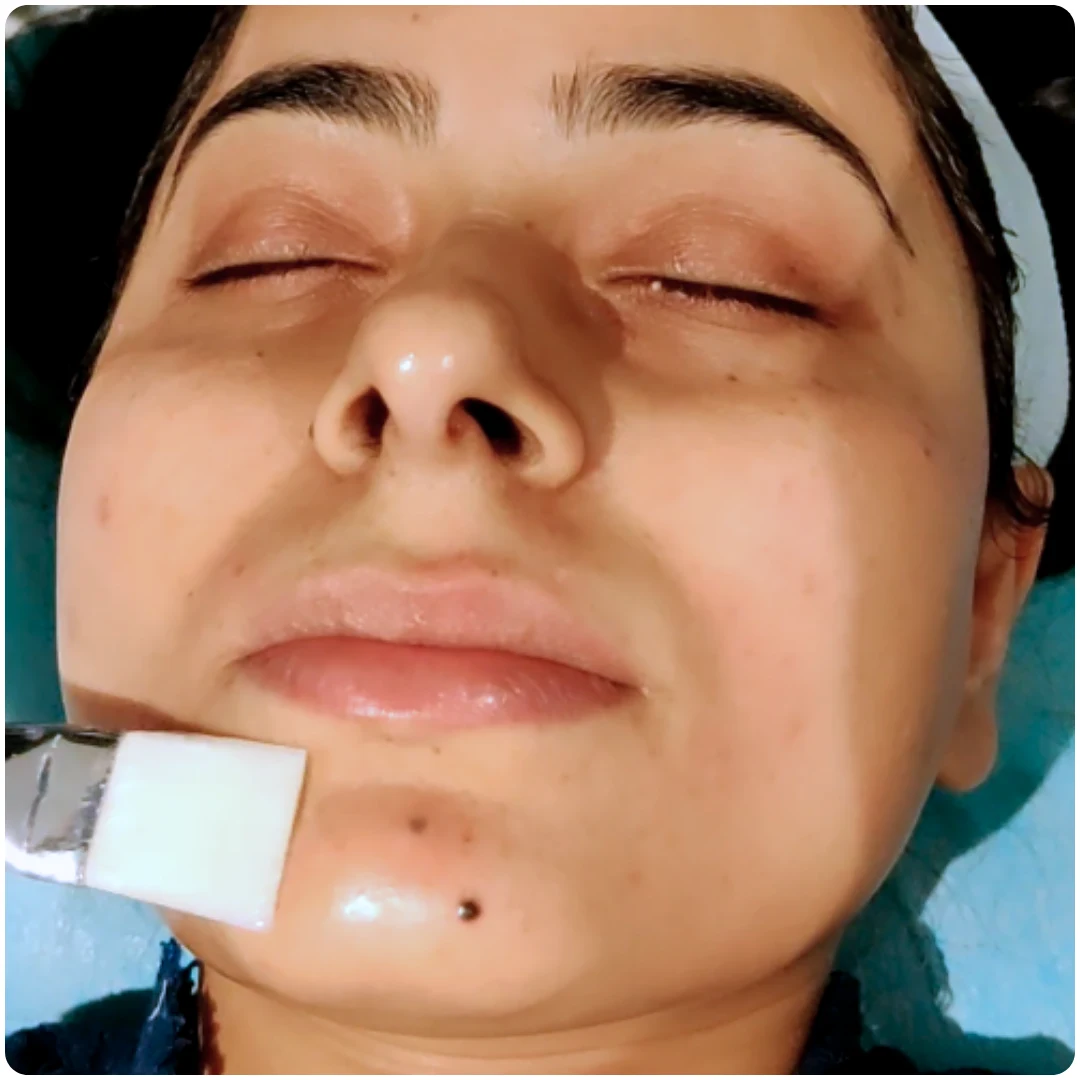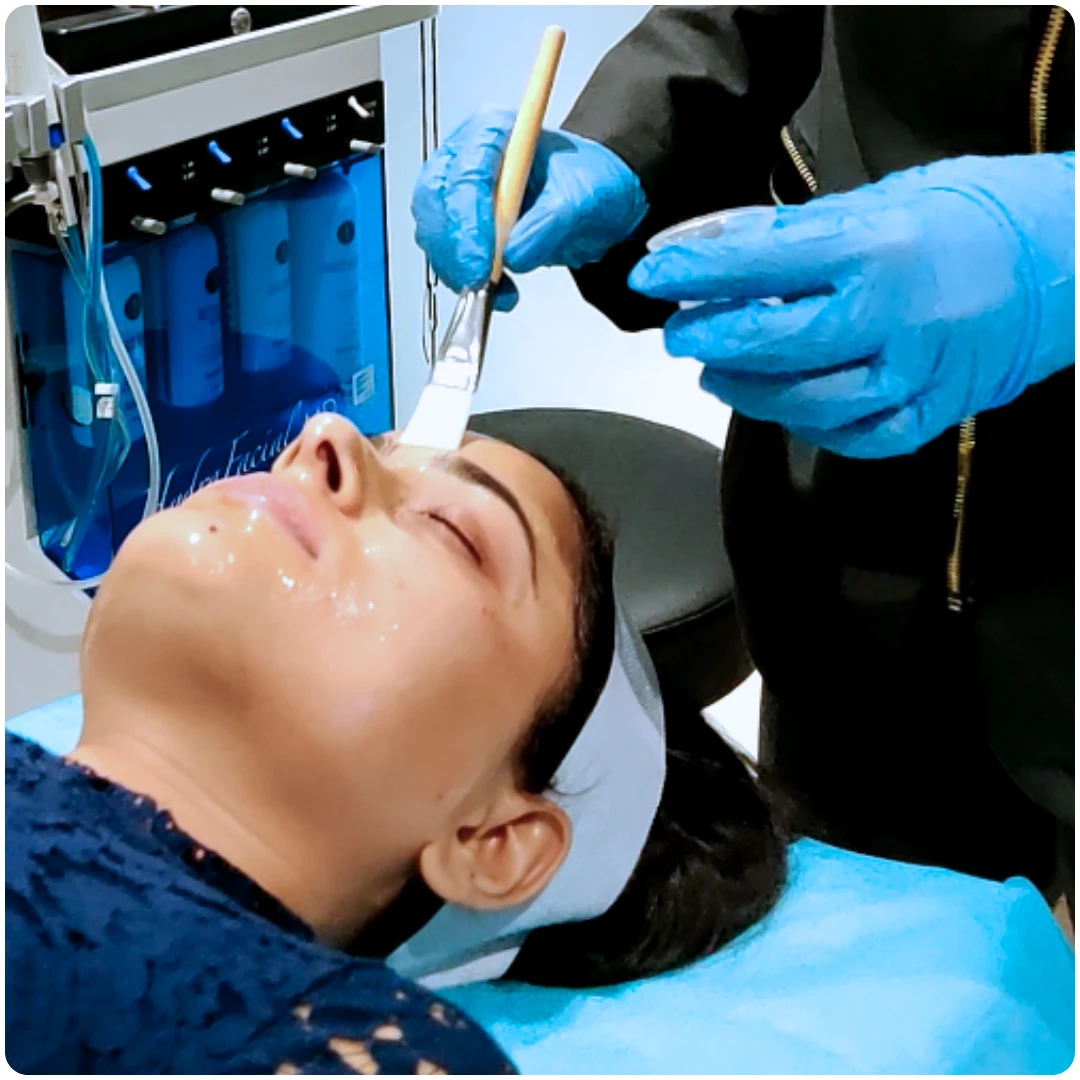Basic Peels
What are Chemical Peels?
A Chemical peel is a solution which causes controlled damage to the applied skin causing it to blister, exfoliate and eventually peel off, giving way to a smoother and less wrinkled skin in its place. This treatment is beneficial for those wanting to improve their skin’s appearance.
Chemical peels are usually done on the face, neck, or hands and specially used for:
- Reducing fine lines under the eyes and around the mouth
- Treating wrinkles caused by sun damage and aging
- Improving the appearance of mild scars
- Treating certain types of acne
- Reducing age spots, freckles, and dark patches (melasma) due to pregnancy or taking birth control pills
- Improving the look and feel of skin

Types of Chemical Peels
Superficial or Lunchtime Peel
Medium Peel
Deep Peel

What To Expect?
A chemical peel is an outpatient procedure. Your practitioner will begin by first cleaning your skin thoroughly. After which they will apply one or more chemical solutions — such as glycolic acid, trichloroacetic acid, salicylic acid, lactic acid, or carbolic acid (phenol) — to small areas of your skin.
During the process, most people feel a burning sensation that lasts about five to ten minutes, followed by a stinging sensation. Applying cool compresses on the skin may ease that stinging. Some people may need pain medication during or after a deeper peel.
It is important to note that a lot of care is required after the treatment. The skin tends to be more sensitive to the sun, therefore wearing sunscreen every day is a must.
Also, the sunscreen needs to be a ‘broad-spectrum’ one, meaning it needs to protect against the sun’s UVA and UVB rays. It would be better to also limit your time in the sun, especially between the hours of 10 a.m. and 4 p.m.
Better Your Skin with Basic Chemical Peels at Musk Clinic
Patient's Skin Treatment Experience at Musk Clinic
Post-Treatment
All peels require some follow-up care:
Superficial peels require one to seven days to heal. Treated skin will initially be red and may scale. Lotion or cream should be applied until the skin heals, followed by daily use of sunscreen. Makeup can usually be worn the next day.
Medium peels require seven to 14 days to heal. Treated skin will initially be red and swollen. Swelling worsens for the first 48 hours. Blisters may form and break. Skin crusts and peels off in seven to 14 days. Skin must be soaked daily for a specified period, followed by ointment application.
Antiviral medication is taken for 10 to 14 days. Mild lotion or cream may be applied. Avoid all sun exposure until healing is complete. Camouflage makeup may be worn after five to seven days. A follow-up appointment will be necessary to monitor progress.
Deep peels require 14 to 21 days to heal. The treated area will be bandaged. Skin must be soaked four to six times daily, followed by ointment application for the first 14 days. Afterwards a thick moisturizer is applied for the next 14 days.
Antiviral medication is taken for 10 to 14 days. Mild lotion or cream may be applied. Avoid all sun exposure for three to six months. Camouflage makeup may be worn after 14 days. Several follow-up appointments will be necessary to monitor progress.
Why Choose Musk Clinic?
FAQs
Chemical peeling agents resurface the skin by inducing a controlled wound and thus removing superficial layers of the skin.
As a result, chemical peels promote the growth of a new healthy top skin layer and improve skin problems like hyperpigmentation, fine lines and wrinkles, uneven texture and skin impurities.
Procedures may vary dependent on the type of chemical peel chosen. Skin is prepped using a medical degreaser to ensure the treated area is free of any oils left on the skin. The chemical agent is then applied and typically remains on the skin for 3 to 5 minutes.
Most patients feel a mild stinging which is temporary and usually subsides after a few minutes. Some peels are designed to self-neutralize and may remain on your skin for 2-4 hours.
Recovery times will vary based on the type and strength of the peel. Immediately after the peel, your skin will feel tight and may be red. Any visible peeling will be light and fluffy and easily controlled with moisturizer.
Peeling usually lasts 3-5 days, depending on the actual peel treatment. Use of gentle cleanser, moisturizer and sunscreen is important, as it will enhance the healing process and results. Normal activity may be resumed after the peel, however strenuous exercise and heavy sweating should be avoided for 2-3 days.
Sun exposure should be avoided while skin is peeling; exposure of treated skin to a lot of heat should also be avoided as it may induce swelling, redness and, for deeper peels blisters under the skin.
Peeling skin should be allowed to slough off naturally; picking or peeling flaking skin is prohibited, as it may lead to scarring. Use of prescription topicals should be avoided for 3-5 days post peel.
The success of the peel should not be judged by the amount of peeling, but by the end results that the peel will produce. The amount of peeling may vary depending on individual skin condition at the time of the peel or the depth of the peel.
Regardless of the degree of peeling, the skin is still sloughing off at an accelerated rate, resulting in the improvement of skin tone and texture and an improvement of fine lines and uneven pigmentation.
One week before the peel avoid waxing, electrolysis, deploritory creams, and laser hair removal.
Two to three days before the peel discontinue using any prescription topicals such as Retin-A, differin or Tazorac, as well as any products containing retinol, alpha hydroxyl acids (AHA), beta hydroxyl acids (BHA) or benzoyl peroxide.
Patients who have had any medical cosmetic facial treatments or procedures such as Laser treatments, cosmetic fillers or other surgical procedures should wait until skin sensitivity has completely resolved before receiving a peel.
Chemical peels should be avoided if any of the following conditions are present:
- Active cold sores, herpes simplex or warts in the area to be treated
- Wounded, sunburned or excessively sensitive skin
- Accutane uses within the last year
- History of recent chemotherapy or radiation therapy
- Allergies to aspirin
- Women who are pregnant or actively breastfeeding
- Patients with vitiligo
- Patients with a history of autoimmune disease (such as rheumatoid arthritis, psoriasis,
- Lupus, multiple sclerosis etc) or any condition that may weaken their immune system











